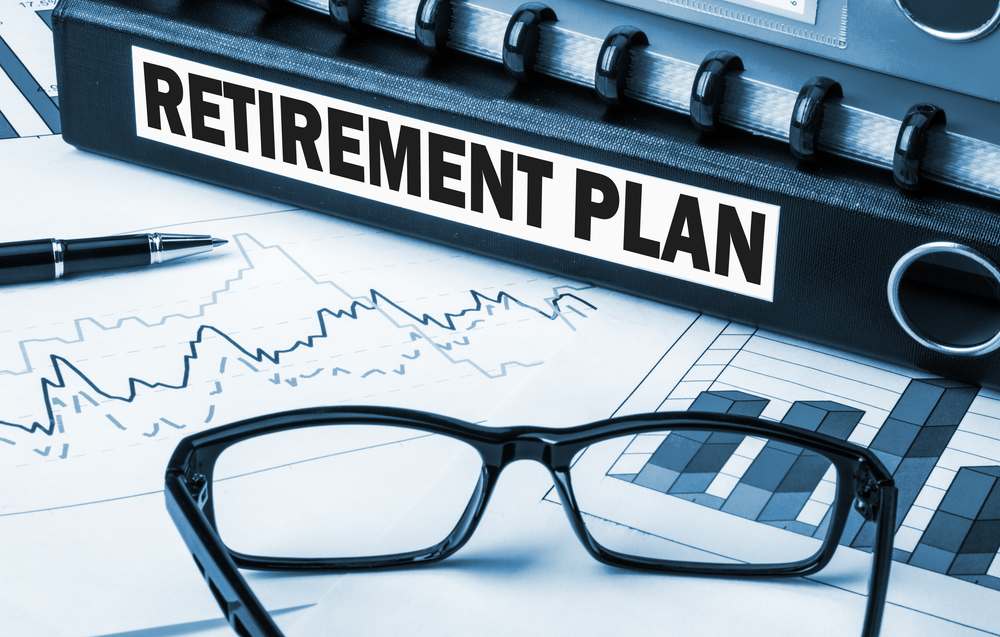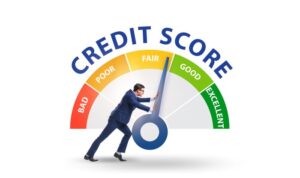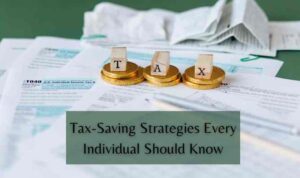Retirement funds, yo! Let’s dive into this crucial topic and break it down for you in a way that’s fresh and informative. From the importance of saving up early to the nitty-gritty of investment strategies, we got you covered.
So, buckle up and get ready to learn all about securing that bag for your golden years.
Importance of Retirement Funds
Saving up for retirement is like investing in your future self, ya know? It’s all about securing your financial well-being down the road when you’re not hustling as hard as you used to. Let’s break it down even further, peeps.
Benefits of Starting a Retirement Fund Early
Getting a head start on building that retirement fund is key, my friends. The earlier you kick things off, the more time your money has to grow and work its magic. Think of it like planting a money tree that’ll bear fruit when you’re ready to kick back and relax.
Financial Security in Old Age
When you’ve got a solid retirement fund in place, you’re setting yourself up for a comfy life once the golden years roll around. No stress about making ends meet or relying on others to support you. It’s all about independence and peace of mind, baby.
Types of Retirement Funds

When it comes to saving for retirement, there are several types of retirement funds you can consider based on your financial goals and situation. Each type of retirement fund has its own features, benefits, and tax implications.
401(k) Plans, Retirement funds
- Employer-sponsored retirement plans where you can contribute a portion of your salary on a pre-tax basis.
- Employer may match a percentage of your contributions, essentially giving you free money for retirement.
- Contributions grow tax-deferred until withdrawal during retirement.
- Early withdrawals before age 59 ½ may incur penalties.
IRA (Individual Retirement Account)
- Personal retirement account that you can open independently, separate from your employer.
- Two main types: Traditional IRA (tax-deferred contributions, tax-deductible) and Roth IRA (after-tax contributions, tax-free withdrawals).
- Contributions limits and eligibility criteria apply based on income levels.
- Penalties for early withdrawals before age 59 ½.
Pension Plans
- Retirement plans funded and managed by employers, providing predetermined benefits to employees upon retirement.
- Defined Benefit Plans guarantee a specific benefit amount based on salary and years of service.
- Employer bears the investment risk to ensure promised benefits are paid out.
- Less common in today’s workforce compared to 401(k) plans.
Self-Employed Retirement Plans (SEP IRA, Solo 401(k))
- Designed for self-employed individuals and small business owners to save for retirement.
- SEP IRA allows higher contribution limits based on self-employment income.
- Solo 401(k) combines features of traditional 401(k) plans with additional benefits for self-employed individuals.
- Contribution limits and eligibility criteria vary based on income levels.
How to Calculate Retirement Funds

Planning for retirement can seem daunting, but calculating the amount needed for a comfortable retirement is essential for financial security in your golden years.
Estimating Retirement Fund Requirements
- Start by determining your desired annual retirement income. This should include expenses for housing, healthcare, food, transportation, and leisure activities.
- Factor in the number of years you expect to be in retirement. Consider your life expectancy and plan for a longer retirement to ensure you don’t outlive your savings.
- Calculate your expected Social Security benefits and any other sources of income during retirement.
- Estimate your investment returns based on the types of retirement accounts you have and the risk levels of your investments.
- Adjust for inflation to ensure your retirement funds keep pace with rising costs over time.
Tools and Resources for Calculating Retirement Funds
- Online retirement calculators are available on various financial websites to help you estimate how much you need to save for retirement.
- Consult with a financial advisor who can provide personalized guidance and assist in creating a retirement savings plan tailored to your financial goals.
- Consider using retirement planning software that allows you to input your financial information and goals to generate a comprehensive retirement plan.
- Regularly review and adjust your retirement savings plan as needed to stay on track towards your retirement goals.
Investment Strategies for Retirement Funds
When it comes to retirement funds, choosing the right investment strategies is crucial for securing your financial future. By diversifying your investments and understanding your risk tolerance, you can optimize your retirement savings for long-term growth.
Importance of Diversification
Diversification is key to reducing risk in your retirement fund investments. By spreading your money across different asset classes like stocks, bonds, and real estate, you can minimize the impact of market fluctuations on your overall portfolio. This helps protect your savings from unexpected downturns in any one sector.
Choosing the Right Investment Options
When selecting investment options for your retirement funds, consider factors like your age, financial goals, and risk tolerance. Younger individuals may opt for more aggressive investments like stocks, which offer higher potential returns but also come with greater risk. As you near retirement age, shifting towards more conservative options like bonds can help preserve your savings.
Risk Tolerance and Investment Strategies
Understanding your risk tolerance is essential in determining the right investment strategies for your retirement funds. Your risk tolerance reflects your comfort level with market fluctuations and potential losses. Conservative investors may prefer stable, low-risk investments, while more aggressive investors may be willing to take on higher levels of risk for the chance of greater returns.




